22 Must-Visit European Cities Before They Become Too Expensive

Europe’s charming cities are changing fast, with prices climbing higher each year. Many once-affordable spots are now becoming luxury destinations, pushing budget travelers to look elsewhere. I’ve put together this list of European gems you should visit soon, before they join the ranks of places only the wealthy can enjoy.
These cities still offer authentic experiences without emptying your wallet – but that might not last forever.
1. Porto, Portugal: Colorful Riverside Charm

Walking through Porto feels like stepping into a storybook with its colorful buildings cascading down to the Douro River. I spent my days wandering narrow cobblestone streets, admiring blue-tiled churches, and sipping coffee at riverside cafés for just €1.50.
The city’s authentic vibe hasn’t yet been polished away by mass tourism. You can still enjoy a delicious meal with local wine for under €15 in family-run tascas (taverns).
Porto’s Livraria Lello bookstore inspired J.K. Rowling during her time living in the city. Go early morning to avoid the growing lines of Harry Potter fans!
2. Krakow, Poland: Medieval Beauty on a Budget
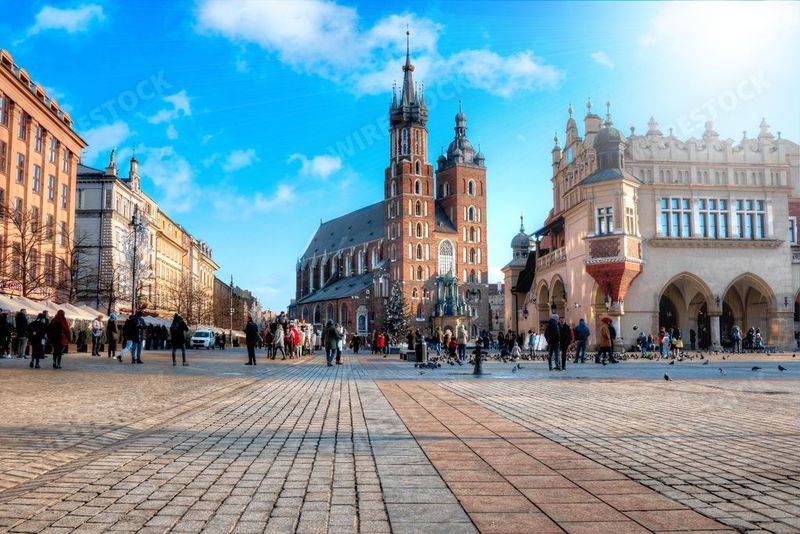
Wandering into the heart of Krakow, I felt like I’d stepped into a living storybook with its medieval square and castle straight from a dream. Unlike Prague or Budapest, this Polish gem still offers incredible value – a pint of local beer costs about $2, and you can feast on pierogi for less than $5.
Wawel Castle looms majestically above the Vistula River, while the Jewish Quarter buzzes with bohemian energy and hidden courtyard bars. History buffs will appreciate the city’s profound stories, from medieval glory to WWII tragedy.
Morning market squares fill with locals selling handcrafts and fresh produce, creating an authentic atmosphere that’s becoming rare in Europe’s tourist hotspots.
3. Bologna, Italy: Food Paradise Without the Crowds

If you’re tired of fighting through tourist hordes in Rome and Florence, Bologna will feel like a delicious secret. This university town serves up Italy’s best food (locals call it “La Grassa” – the fat one) without the inflated prices of its famous neighbors.
Wandering under the city’s 40km of gorgeous porticoes, I discovered family-run trattorias serving perfect tagliatelle al ragù for half what you’d pay in Venice. The leaning towers and terracotta-hued buildings create a magical atmosphere that hasn’t been commercialized.
Students keep the nightlife authentic and affordable, with glasses of local wine starting around €3. But word is spreading about Bologna’s charms – visit before it becomes another Italian tourist trap!
4. Riga, Latvia: Baltic Art Nouveau Wonderland
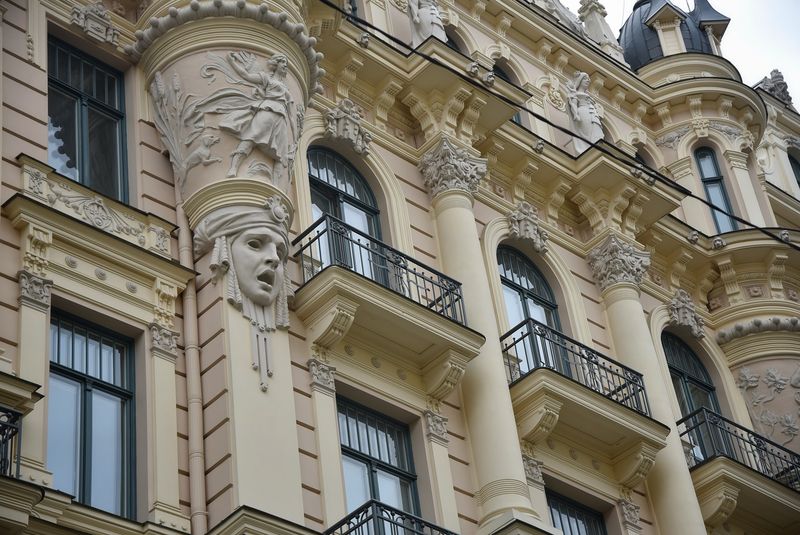
Riga surprised me with its incredible collection of Art Nouveau buildings – over 700 of them decorating the streets with whimsical faces and mythical creatures. As the largest city in the Baltics, it offers sophisticated culture at a fraction of Western European prices.
A cappuccino in a stylish café costs around €2, while a nice dinner with drinks runs about €15. The UNESCO-listed Old Town charms with cobblestone streets and medieval spires, but it’s the vibrant Central Market housed in old zeppelin hangars that reveals the city’s authentic character.
Summer brings magical white nights when the sun barely sets, and locals celebrate with outdoor concerts and riverside gatherings. Get here before cruise ships make it their next big port of call!
5. Sarajevo, Bosnia: East Meets West in the Balkans
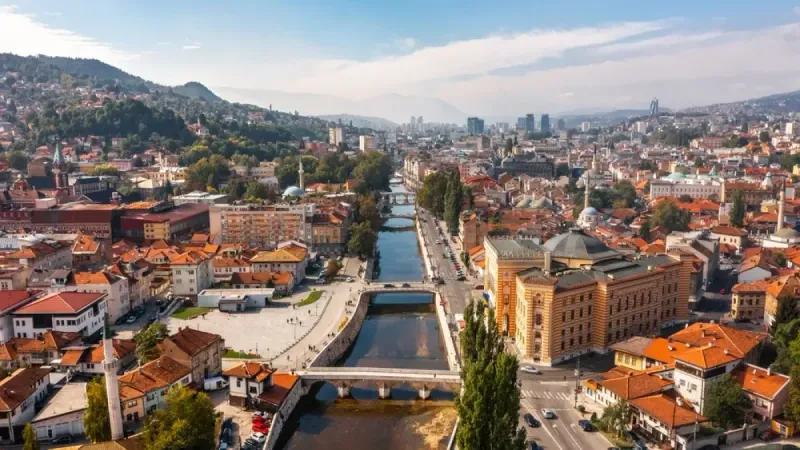
Few cities tell a story as compelling as Sarajevo, where Ottoman bazaars transition seamlessly into Austro-Hungarian boulevards.
I stood on the spot where Archduke Franz Ferdinand was assassinated, triggering WWI, then just steps away found myself in a Turkish-style coffee house sipping strong Bosnian coffee for less than $1. The city’s complex history is visible everywhere, from bullet holes in buildings to vibrant markets where locals sell handcrafted copper items.
Despite past struggles, Sarajevans welcome visitors with remarkable warmth. Mountain views surround the city, and nearby Olympic ski facilities offer winter sports at prices that would make Swiss resorts blush. Visit now while it remains one of Europe’s most affordable and authentic destinations!
6. Valencia, Spain: Mediterranean Magic Without Madness
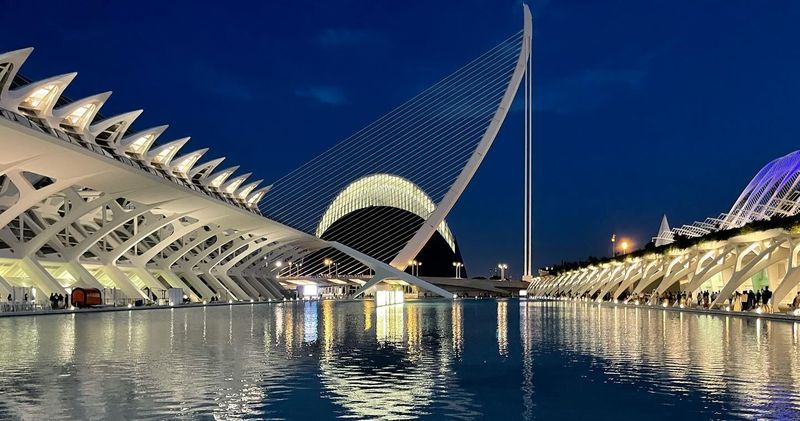
I found in Valencia everything I love about Spain—just without Barcelona’s chaos or Madrid’s price tags. This coastal gem balances futuristic architecture (the City of Arts and Sciences looks like it landed from another planet) with a charming old town and miles of sandy beaches.
The birthplace of paella serves its famous dish at beachside restaurants for half what you’d pay in more touristy Spanish cities. I wandered through the ribbon-like Turia Gardens, a former riverbed transformed into a stunning urban park.
Valencia’s perfect climate means outdoor living year-round, with affordable tapas bars spilling onto plazas and a vibrant nightlife scene. Property investors are catching on quickly – experience this Mediterranean jewel before prices match Barcelona’s!
7. Tbilisi, Georgia: Ancient Crossroads Coming Into Bloom
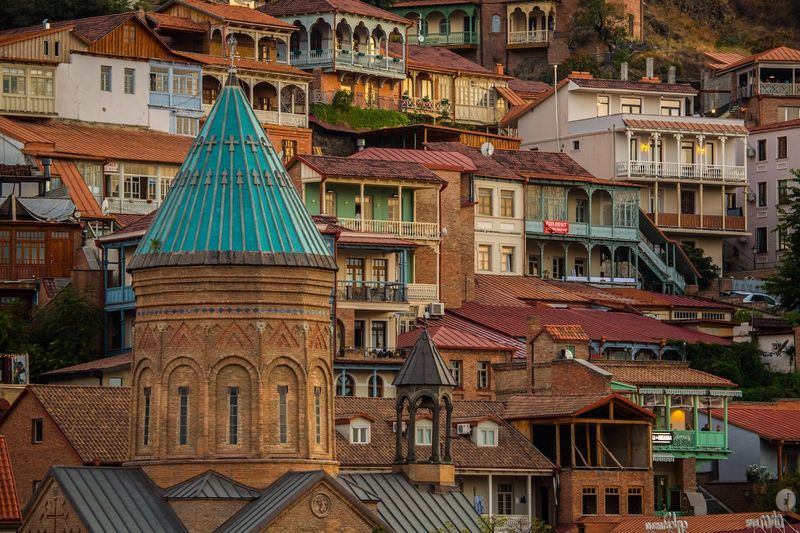
Technically on the edge of Europe, Tbilisi offers an intoxicating blend of East and West that feels like nowhere else. I soaked in sulfur baths beneath brick domes, then climbed narrow lanes to discover hidden courtyards and wooden balconies that seem frozen in time.
Georgian cuisine is becoming trendy worldwide, but here you can feast on khachapuri (cheese bread) and khinkali (dumplings) for pennies compared to Western prices. The city’s wine scene is exploding – Georgia claims 8,000 years of winemaking history!
Modern Tbilisi balances ancient traditions with cutting-edge design and a vibrant arts scene. Digital nomads are already flocking here for the affordable lifestyle, so experience its authentic charm before it transforms into the “next Prague.”
8. Plovdiv, Bulgaria: Ancient Ruins Meet Artistic Revival

As Europe’s oldest continuously inhabited city, Plovdiv layers Roman amphitheaters beneath Ottoman-era painted houses and trendy cafés. Bulgaria’s second-largest city was a European Capital of Culture in 2019, but still flies under most tourists’ radar.
The cobblestone streets of the Old Town showcase colorful 19th-century merchant houses, now housing museums and galleries. What amazed me most was stumbling upon 2,000-year-old Roman ruins right in the city center – and being able to explore them without tickets or crowds!
A three-course meal with local wine costs about €15, while boutique guesthouses go for €30-40 per night. Bulgaria’s EU membership is gradually pushing prices up, so experience Plovdiv’s unique blend of ancient and artistic while it remains a bargain.
9. Brno, Czech Republic: Bohemian Alternative to Prague
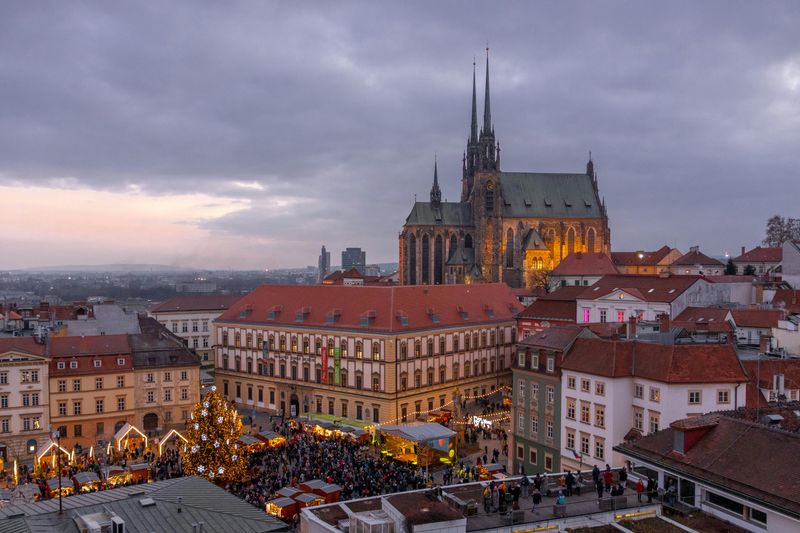
While Prague struggles with overtourism, Brno offers Czech culture, stunning architecture, and vibrant café life at a fraction of the cost and crowds. This university town hums with creative energy – funky bars occupy former factories, and experimental restaurants serve modern takes on Czech classics.
Spilberk Castle looms over the city, while the striking Villa Tugendhat showcases perfect modernist design. I loved exploring the labyrinth of underground tunnels and ossuary beneath the city streets, followed by local craft beers for just €2 a pint.
Locals actually have time to chat with visitors, unlike in tourist-saturated Prague. Brno’s growing reputation among architecture fans and foodies means prices are climbing, but it remains an affordable gem in Central Europe’s crown.
10. Split, Croatia: Roman Palace by the Sea

Split offers something truly unique – a living, breathing city inside the walls of an ancient Roman palace. Unlike Dubrovnik, which has been transformed by Game of Thrones tourism, Split still maintains a balance between visitors and locals going about daily life.
I wandered through Diocletian’s Palace, where Roman columns frame boutique shops and apartments occupy spaces where emperors once walked. The seafront promenade buzzes with energy, while nearby beaches provide perfect swimming spots.
Croatia’s popularity is growing exponentially, but Split remains more affordable than Dubrovnik or Hvar. Enjoy fresh seafood at konobas (taverns) for reasonable prices, and experience the magical moment when ancient stones glow golden at sunset – before this secret spreads too widely!
11. Tallinn, Estonia: Medieval Meets Digital Pioneer

I didn’t expect Tallinn to charm me with such a sharp contrast between its medieval roots and digital brilliance. Estonia pioneered e-residency and digital voting, yet within its ancient walls, you can feast like a medieval merchant in atmospheric cellar restaurants.
The UNESCO-listed center features fairytale spires and merchant houses around Town Hall Square. Just beyond the old walls, hip neighborhoods like Kalamaja showcase wooden houses transformed into art galleries and craft breweries.
Winter brings magical Christmas markets and summer offers nearly endless daylight for exploring. While Finnish day-trippers have discovered Tallinn’s charms, it remains affordable compared to Scandinavian capitals – though Estonia’s tech boom is gradually pushing prices upward.
12. Lviv, Ukraine: Habsburg Elegance in Eastern Europe

Lviv surprises visitors with its Central European atmosphere – more reminiscent of Vienna than Soviet architecture. The city center survived WWII intact, preserving a stunning array of Renaissance, Baroque and Art Nouveau buildings around cobblestone squares.
Coffee culture runs deep here – legend says the first European coffeehouse opened in Lviv after the 1683 Battle of Vienna. I spent hours in quirky themed cafés where coffee costs less than $1. The culinary scene blends Ukrainian, Jewish, Armenian, and Austrian influences.
Despite recent challenges, Lviv’s cultural spirit remains vibrant, with opera performances for $10 and museums for even less. Currency values make it incredibly affordable for Western visitors – experience this architectural wonderland before it joins the EU tourism mainstream.
13. Kotor, Montenegro: Fjord-like Beauty on the Adriatic
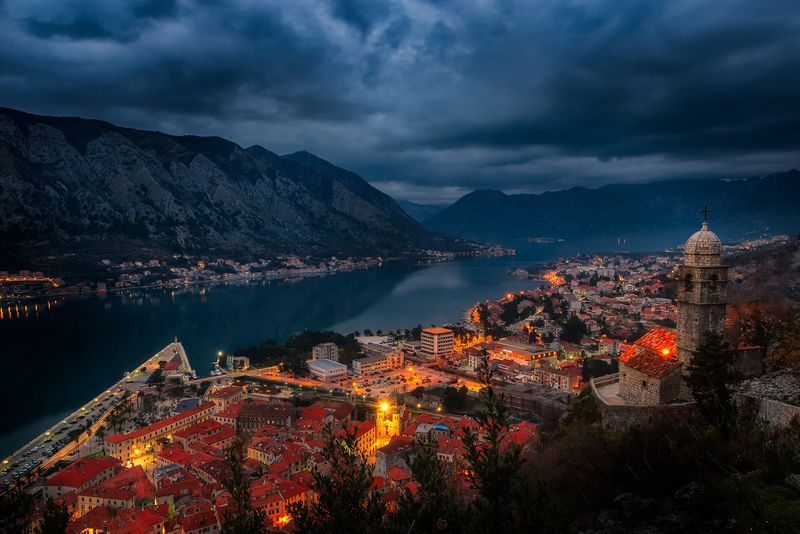
Nestled at the end of southern Europe’s only fjord-like bay, Kotor looks like a slice of Norway transported to the Mediterranean. The medieval walled town sits dramatically beneath towering limestone cliffs, creating one of Europe’s most spectacular settings.
Cruise ships have discovered Kotor, but stay overnight and you’ll have the stone streets to yourself once day-trippers leave. I climbed the 1,350 steps to the fortress above town for breathtaking views across the bay, then celebrated with local wine for €2 a glass.
Nearby beaches and islands offer perfect swimming, while mountain villages provide glimpses into traditional Montenegrin life. Montenegro’s push for luxury tourism means prices are climbing yearly – visit this Adriatic jewel while it remains within reach of budget travelers.
14. Brasov, Romania: Gateway to Transylvania
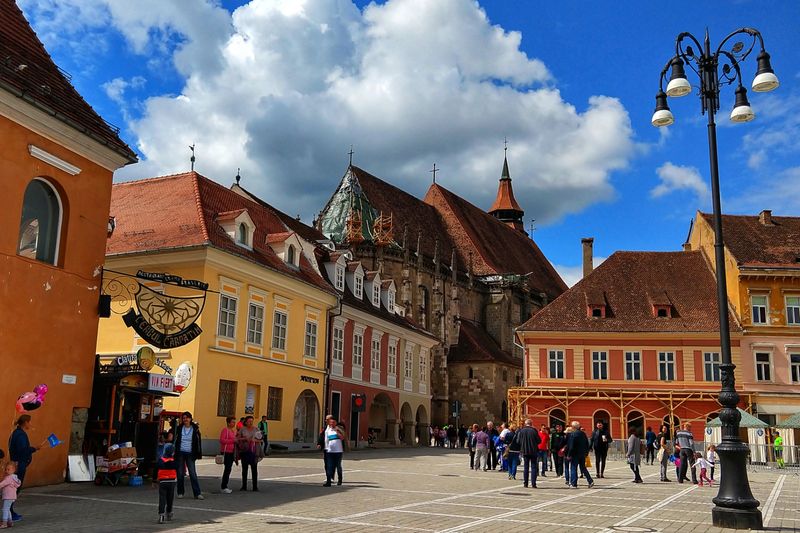
Surrounded by the Carpathian Mountains, Brasov centers around a picture-perfect medieval square framed by colorful baroque buildings and Gothic spires. This Transylvanian gem offers the perfect base for exploring Romania’s castles, including nearby Bran Castle of Dracula fame.
I loved getting lost in the narrow cobblestone streets, discovering hidden courtyards and cafés serving papanași (cheese doughnuts) for just a few lei. The city’s Saxon heritage is visible in its imposing Black Church and fortified walls. Forest trails begin right at the city limits, with bears sometimes spotted near town!
Romania’s tourism infrastructure is developing rapidly, but prices remain remarkably affordable – about 30-40% less than in Western Europe. Visit before Brasov becomes just another stop on the Eastern European tourist trail.
15. Ohrid, North Macedonia: Lakeside Byzantine Treasure
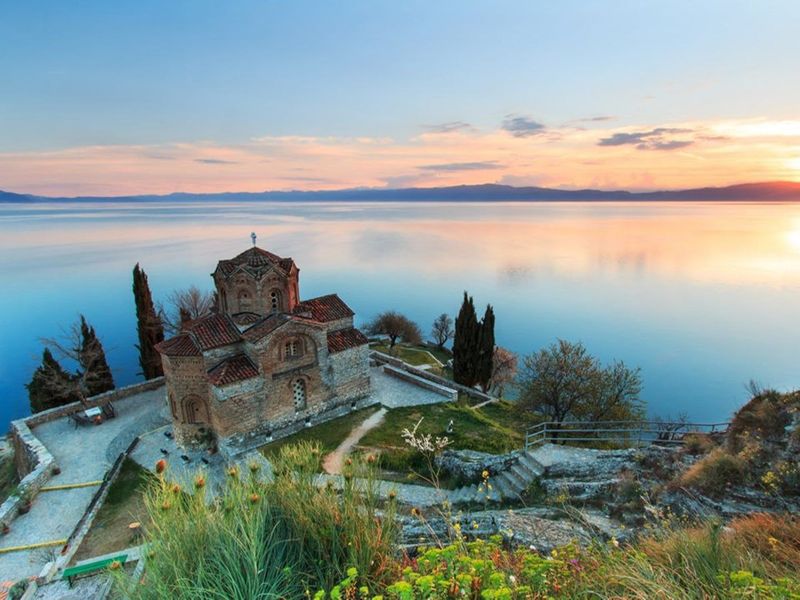
Perched on the shores of one of Europe’s oldest and deepest lakes, Ohrid combines natural beauty with remarkable Byzantine heritage. I spent days exploring ancient churches with spectacular frescoes, including the iconic Church of St. John at Kaneo overlooking the crystal-clear lake.
The Old Town climbs up from the shoreline, revealing Ottoman-era houses and Roman ruins around every corner. Summer brings perfect swimming weather and outdoor dining, with fresh lake trout a local specialty.
North Macedonia remains one of Europe’s best values – I stayed in lakefront accommodations for €30 and enjoyed multi-course meals with wine for under €15. The country’s push for EU membership will inevitably bring higher prices, so experience this UNESCO-listed gem while it remains affordable.
16. Ghent, Belgium: Medieval Masterpiece Without the Markup

While tourists flock to Bruges, savvy travelers head to Ghent for equally stunning medieval architecture without the inflated prices. Three soaring towers mark the city center, where canals reflect guild houses and castles from the Middle Ages.
Ghent’s university keeps the atmosphere young and vibrant, with students filling affordable bars and restaurants. I loved exploring the city by boat, then stopping for world-class Belgian beer at half what you’d pay in Brussels.
The Adoration of the Mystic Lamb altarpiece in St. Bavo’s Cathedral ranks among Europe’s art treasures, yet visitor numbers remain manageable. Belgium’s excellent train network makes Ghent an easy day trip from Brussels, but stay overnight to experience the magical canal lighting after dark.
17. Galway, Ireland: Atlantic Coast Cultural Hub
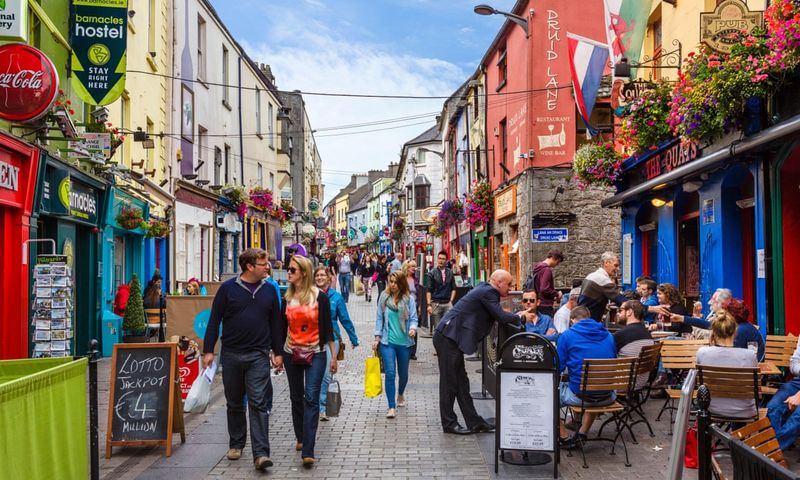
While Dublin gets most of the attention (and tourist euros), Galway quietly delivers the real Irish experience. This colorful harbor city pulses with traditional music pouring from pubs where pints of Guinness cost a euro less than in the capital.
The compact center features brightly painted shops and pubs along pedestrian streets, while the Spanish Arch and Galway Bay provide perfect photo spots. I caught impromptu music sessions where locals and visitors shared songs late into the night.
Galway serves as the gateway to the stunning Connemara region and Aran Islands. Ireland’s growing popularity means even smaller cities are seeing price increases, so experience Galway’s famous hospitality before it becomes as expensive as Dublin!
18. Ljubljana, Slovenia: Alpine Gem with Dragon Flair

Slovenia’s capital feels like a secret Europeans are keeping from the rest of the world. Ljubljana centers around a emerald river crossed by distinctive bridges, including the famous Dragon Bridge guarded by four copper beasts.
Car-free streets make wandering a delight, with outdoor cafés lining the riverbanks beneath the hilltop castle. I joined locals for the ritual of afternoon coffee, costing just €1.50, while watching street performers entertain passersby.
The compact size means you can explore the entire center on foot, from baroque churches to art nouveau mansions. Slovenia joined the EU in 2004, but prices remain reasonable compared to neighboring Italy or Austria. Visit this charming Alpine city before the rest of the world catches on!
19. Seville, Spain: Andalusian Soul Without Crowds

Barcelona and Madrid grab the headlines, but Seville offers Spain’s most authentic experiences at more reasonable prices. Orange trees line streets leading to the world’s largest Gothic cathedral, while hidden courtyards reveal centuries of Moorish influence.
April brings the famous Feria de Abril, when locals dance flamenco in traditional dress. I wandered through the stunning Real Alcázar palace, then joined locals for evening tapas crawls where small plates cost €2-3 each. Summer temperatures soar, but spring and fall offer perfect weather for exploring this walkable city.
Spain’s growing tourism means even secondary cities are seeing price increases, but Seville still offers authentic Andalusian magic without Barcelona’s premium costs.
20. Wrocław, Poland: City of 100 Bridges

Tucked between rivers and bridges, Wrocław surprised me more than any other Polish city. The colorful market square rivals Krakow’s, but with fewer tourists photobombing your pictures. I spent hours hunting for the city’s famous dwarf statues – over 300 small bronze figures hidden around town.
University students keep the atmosphere youthful and prices reasonable, with excellent Polish cuisine available for half what you’d pay in Western Europe. The Centennial Hall, a UNESCO site, showcases early modernist architecture, while the Japanese Garden provides peaceful respite.
Poland’s growing economy means prices are gradually increasing, but Wrocław remains an affordable delight that most tourists haven’t discovered yet.
21. Lyon, France: Gastronomic Paradise Without Parisian Prices
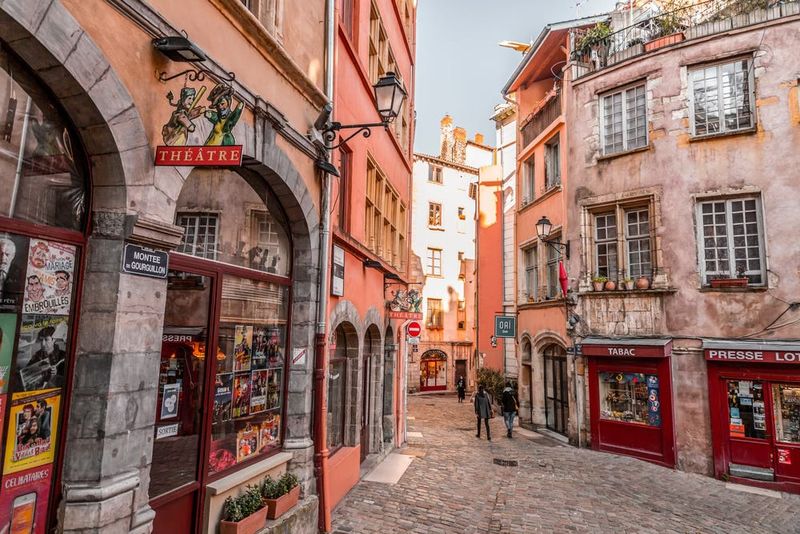
While Paris steals the spotlight, Lyon quietly delivers a richer, more affordable taste of French life. As France’s culinary capital, Lyon boasts traditional bouchons (bistros) serving Lyonnaise specialties that won’t empty your wallet.
The UNESCO-listed old town reveals hidden passageways (traboules) connecting Renaissance buildings, while two rivers provide scenic backdrops for evening strolls. I spent mornings exploring Roman ruins and afternoons in exceptional museums charging half what their Parisian counterparts demand.
France’s high-speed trains make Lyon easily accessible, yet it maintains an authentic French atmosphere where locals outnumber tourists. Experience real French living in this sophisticated city before word spreads too widely about the Parisian alternative!
22. Matera, Italy: Ancient Cave Dwellings Reborn

Once Italy’s “city of shame” for its poverty, Matera has transformed into a marvel where hotels and restaurants occupy cave dwellings dating back 9,000 years. The Sassi districts feature stone homes carved into the canyon, creating one of Europe’s most extraordinary landscapes.
As 2019’s European Capital of Culture, Matera gained international attention, but still sees fewer visitors than Italy’s major cities. I wandered ancient stone streets at sunrise when the light turns the stone city golden, then dined in cave restaurants serving regional specialties.
James Bond’s “No Time to Die” showcased Matera’s dramatic setting, accelerating interest. Experience this UNESCO World Heritage site while accommodations remain reasonably priced – before it becomes Italy’s next tourist hotspot!
